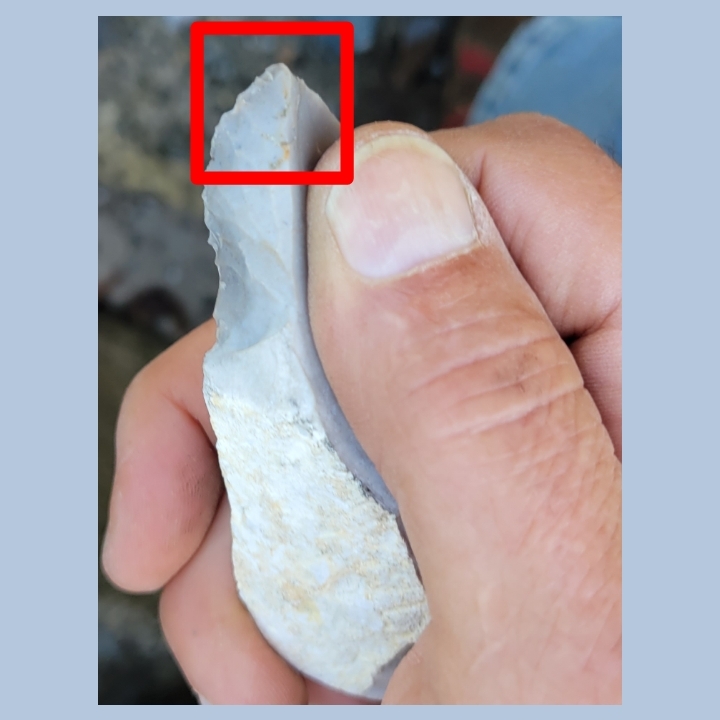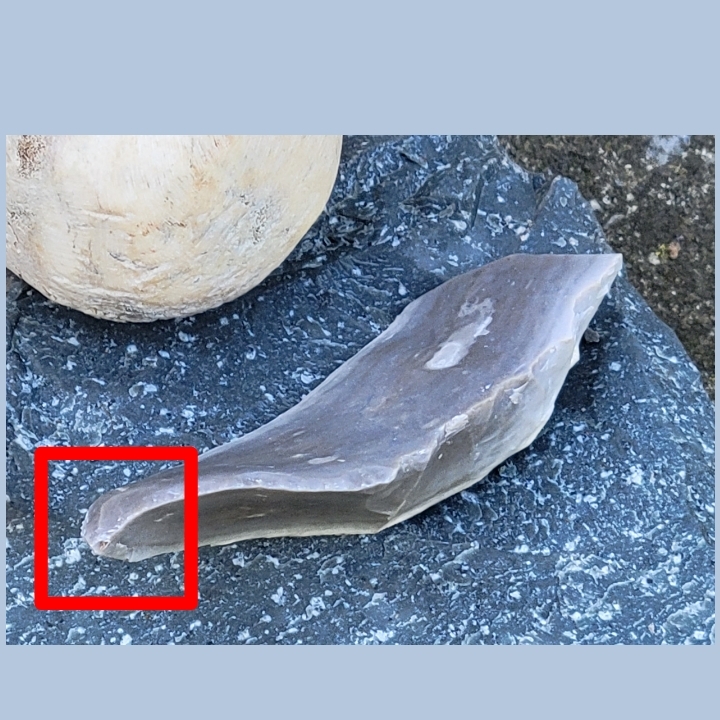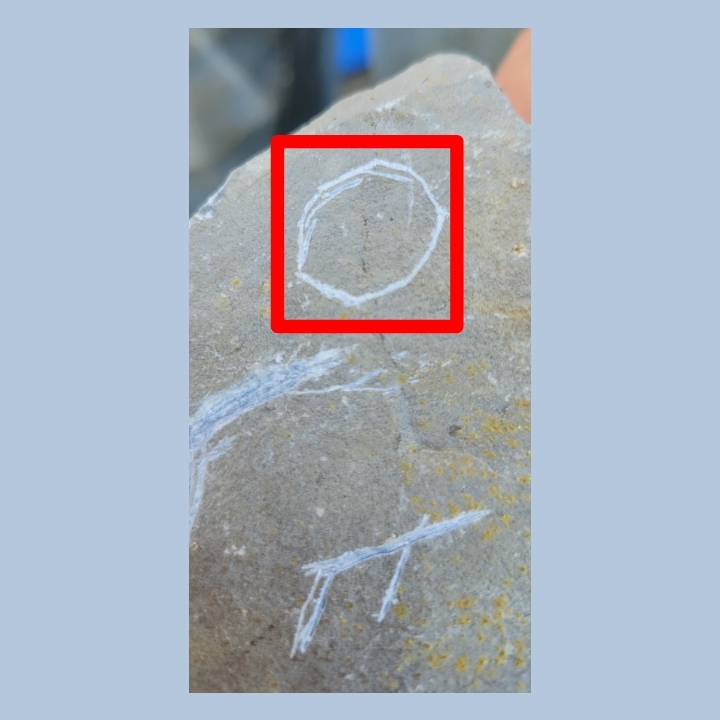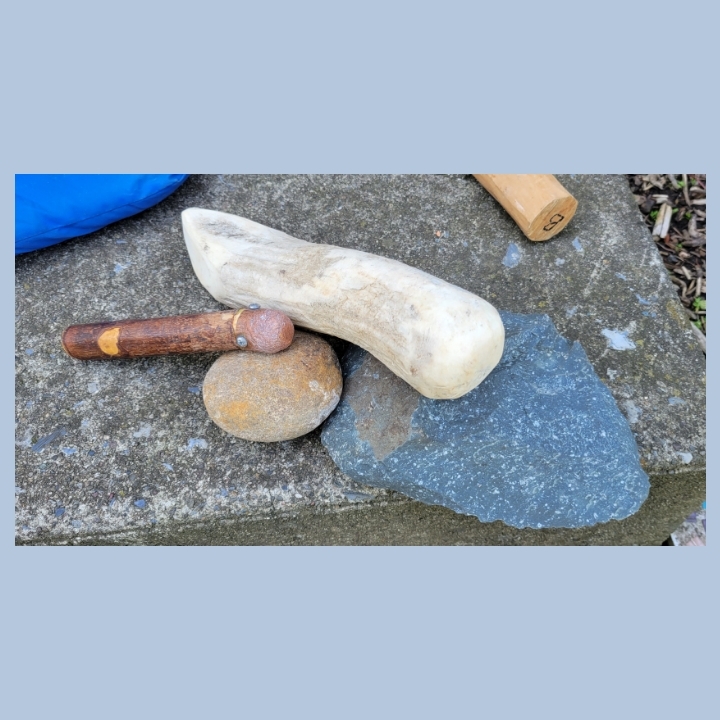Conference Sponsors and Supporters: LDS-Traditional Value Groups
Firm Foundation- Rodney and Tonya Meldrum
Joseph Smith Foundation- Hannah, Leah Stoddard and Family and Kimberly Smith
The Universal Model- Dean and Danette Sessions
Truth Seekers- Russ and Heidi Barlow
The Spear Fund- Tim Ballard and Ken Krogue
LDS Archaeology/Ancient American Magazine- Wayne May
Heartland Research Group- Mike and Betty LaFontaine and John Lefgren
Moroni’s America- Jonathan and Beverly Neville
David W. Allan- It’s About Time
Digital Legend Press- Boyd Tuttle
Lighthouse Books- David Hocking
Lost Civilizations of North America- Steven Smoot
Promises of the Constitution- Pamela and Bob Openshaw
Prophetic Appointments- Farrell & Rhonda Pickering
Plus Many More…..
A special thanks to our key-note speakers, Ken Krogue, Greg Matsen, Kate Dalley, Eric Moutsos, Don Bradley, Cindy Biggs, Charles Castleberry, and Michael Bedard
LDS-Traditional Value Groups
I sincerely believe the Lord today is “pouring down from heaven upon the heads of the Latter-day Saints… there are many , but few are chosen.” D&C 121:33.
The title of this blog, Latter-day Saint Traditional Value Groups, (LDSTVG) includes the many groups who are at the forefront of bringing this new, lost, or forgotten knowledge of the Lord’s Truth, to the world. In other words, on “the heads of the Latter-day Saints”, truth and knowledge is being poured out to the LDSVG, as they to share with other Latter-day Saints and thus to the world to many important truths. These Traditional Value Groups, (LDSTVG) are on the cutting edge of reliable, traditional, and truth based research about the Gospel of Jesus Christ.
“33 How long can rolling waters remain impure? What shall stay the heavens? As well might man stretch forth his puny arm to stop the Missouri river in its decreed course, or to turn it up stream, as to the from pouring down from heaven upon the heads of the Latter-day Saints.
34 Behold, there are many , but few are chosen. And why are they not chosen?
35 Because their are set so much upon the things of this
My Email to the Universal Model, and LDSTVG
I recently sent the following email to the many Universal Model collaborators.
“I am an 11 year UM-er and love Dean and Danette and Russ and Heidi Barlow who own truthseekers.com. I also sent this Heartland Research information to Hannah Stoddard proprietor of Joseph Smith Foundation. I work with Rod Meldrum at Firm Foundation as Rod was a 7-year leading scientific research specialist with Dean Sessions.
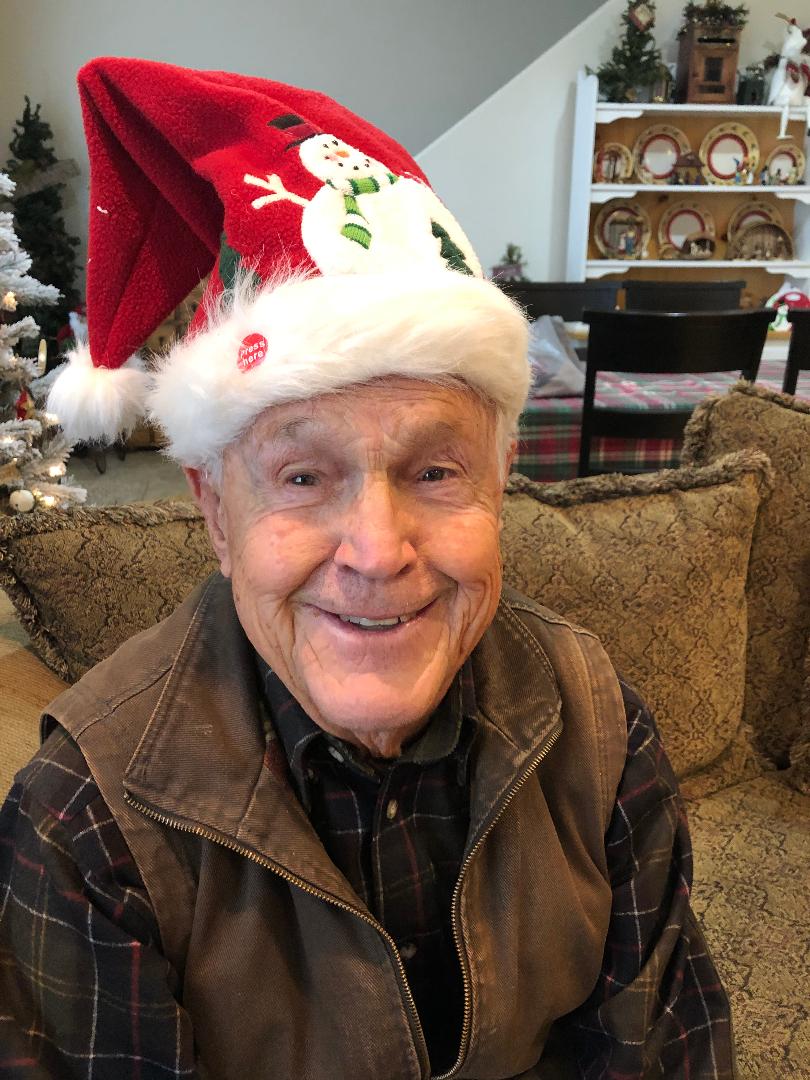
My wife Stacy’s dad and my Father-in-law, Robert Mehl has been a Geologist for over 60 years, and he is 92 years old and has been to all our our past 7 Firm Foundation Conference’s. He drives himself from Colorado to Utah and is in great health.
Phone: 801-931-9031
The following blog is from our friends at the Heartland Research Group, where Mike and Betty LaFontaine, and John Lefgren are the owners of this Group
Heartland Research are at the forefront of new research about the Heartland of the United States. As John Lefgren says, “The Truth will come out of the Ground” and as Mike and Betty are proving, “the truth is also on the ground of the Nephites”

|
 |
|








